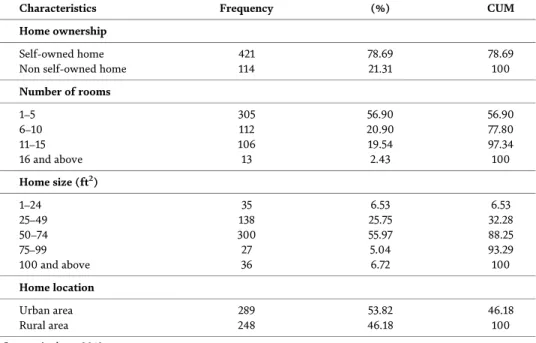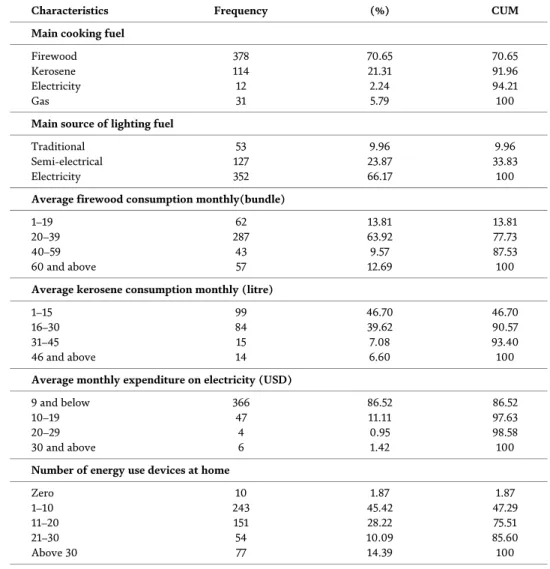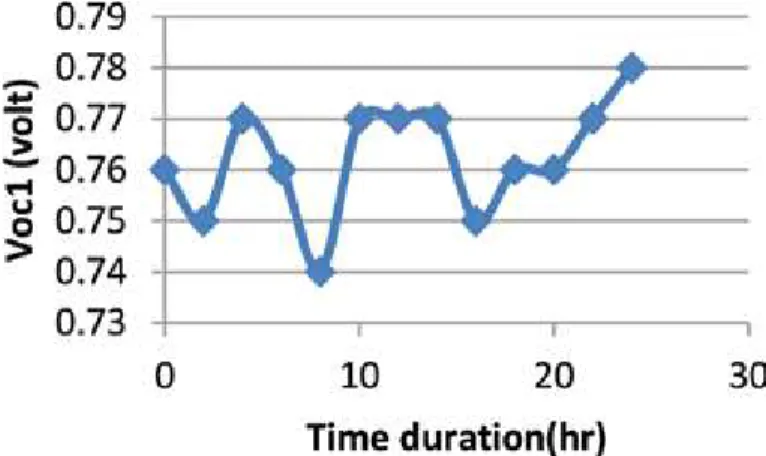An improved method, rights and resources (MRR) model for EIA system evaluation: revision of sustainability indicators. Method, Rights and Resources (MRR) for EIA System Evaluation: Revision of Sustainability Indicators.
Introduction
The method, rights and resources (MRR) model was initially developed to harness the indicator-based evaluation theory in the evaluation of environmental impact assessment system's effectiveness. The method, rights and resources model evaluates environmental impact assessment systems using indicators of compliance, participation and capacity.
Research methodology
This detailed knowledge informs the potential impacts that may arise from project implementation. One of the important steps of EIA is consultation with affected and interested parties (stakeholder consultation) to obtain and incorporate their views.
EIA system evaluation approaches
For that reason, substantive effectiveness of EIA systems is a better measure of EIA system effectiveness than procedural effectiveness because it addresses the actual environmental protection outcomes of the EIA system. Systemic and foundation measures model Procedural Presence of the basic conditions and requirements for EIA system implementation.
Challenges to EIA effectiveness models
Effectiveness of EIA: an afterthought
As noted by Veronez and Montaño [18], not much attention has been paid to the effectiveness of transactive EIA. The last and fourth approach to the effectiveness of environmental impact assessment (procedural, substantive and transactional), which was also proposed by Loomis and Dziedzic [17] and Veronez and Montaño [18], is the normative approach.
Quantifying impact
Therefore, EIA systems usually do not have built-in evaluation mechanisms comparable to inherent evaluation mechanisms of policies planned by the logical framework analysis.
Attribution gap
Theoretical framework of the MRR model
One of the fundamental prerequisites for achieving sustainable development is broad public participation in decision-making. It is suggested that EIA systems can be used to evaluate based on these three to determine whether intended objectives are being achieved.
The updated MRR model
Method
For example, the periodic reporting of the success and failure of the implementation of the environmental and impact monitoring plan provides information about the post-certification phase, indicating the potential substantive effectiveness of the EIA system.
Rights
Resources
Application of the MRR model
- Compliance indicators
- Participation indicators
- Capacity indicators
- Data sources and collection methods
- Data analysis
Similarly, indicators can be developed for each stage of the EIA process, i.e. pre- and post-certification stages. Report of the responsible authority Involvement of other government departments in the EIA assessment phase (cooperation).
Advantages and weakness 1 Advantages and weaknesses
The MRR model will be best used where an environmental impact assessment system is in place, including specific guidelines, monitoring and reporting systems from which data can be made available. Where such elaborated EIA guidelines do not exist, the application of the MRR model is likely to be more challenging.
Conclusion and recommendations
On the second level we can place the economic, environmental and social aspects of the product. Economic factors include a total cost of ownership analysis that covers all costs incurred in The following sections provide some examples of the eco-material selection process for several BIW panels.
In addition, the number of rooms in the house is one of the building characteristics that influence the energy consumption choice of households. In the second phase, two clusters (Bauchi South and Bauchi North) were randomly selected from the three clusters. This implies that most of the household in Bauchi state belongs to the poor income group.
This clearly indicates the high rate of poverty in the state, especially in the rural areas of the state. This implies that most of the household in Bauchi state belong to the poor income group.
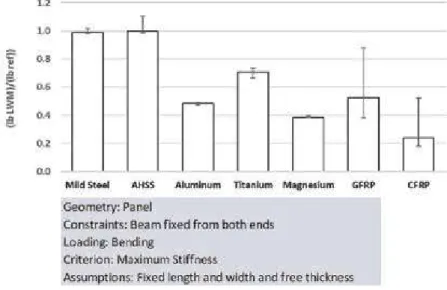
Socioeconomic context
Electricity coverage in Ecuador and Latin America
Carbon footprint
Ecuador has a production of 2.8, which is in line with the Latin American and Caribbean average of 3.1, for the year under study [10].
Proposal of a lighting system
Moser lamp
10 bulbs of 40 watts each, that is 100 ml of chlorine, can be used to create an acceptable illumination. Since a gallon of chlorine or 3785 ml of this chemical has an average price of $2.50, the cost required for this component of whole house lighting is less than $0.10, making it affordable for a family with limited resources. Water: Based on the assumption that homes are connected to a potable water system, it is expected that they can reach this component easily and economically.
In addition, rural areas of Ecuador are geographically close to rivers and other bodies of raw water that can provide free supply to areas of extreme poverty that do not have a supply from the public drinking water network (Figure 1).
Carbon footprint in Ecuador
Test performed
According to what was observed, the average value of illuminance with the use of chlorine and without the use of chlorine is within the required value for indoor lighting.
Conclusions
Recommendations
The electrical energy product (in W) against the usage time (in h) indicates the daily energy consumption (in Wh) of the appliance. In the electricity field, it is common to use W and Wh as units of measurement of power and electrical energy, respectively. To convert the output voltage of the solar panel into voltage adapted to the charge of the batteries.
The solar cables must comply with several legal restrictions summarized in the guide of the ETU C. The two sides of the road across the country can be used to cultivate electricity x.
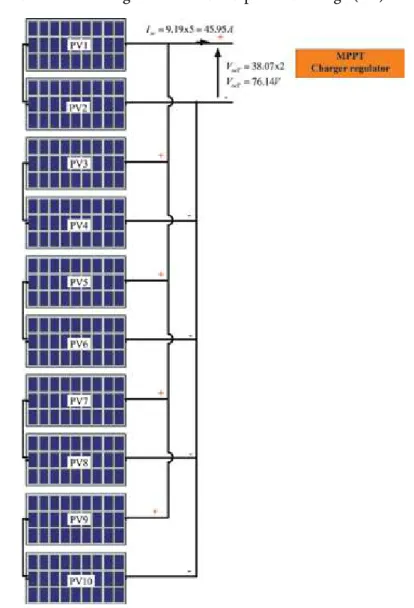
Methodology
Regarding the monitoring of the installation, it will basically be related to knowing the state of the light source, i.e. extending this supervision to the rest of the installation, attention is also paid to the status of the network, whether a control center has been opened accidentally or voluntarily, knowing the number of hours of operation of each of the pre-installed components, of each of the installed components, etc. dating back more than 35 years and allowing control and monitoring functions of groups of light sources, i.e.
One of the major disadvantages of these systems is that they lack flexibility, as they do not allow individualization of the light point, and the commands they can emit are generic and affect the group, thus obtaining rather inaccurate information about the installation. Experience shows that it is necessary to work with open systems so that the lighting control system works and communicates with other systems such as air handling, security systems, etc. Integrated lighting management systems (connected) that use communication nodes and optical sensors to detect motion and regulate light intensity can be considered as on-demand systems that are integrated into a global lighting management platform.
Types of outdoor lighting control systems
- Luminaires
- Autonomous control systems
- Networked control systems
- Lighting switched on
Only adjustment can be made by means of the control line; switching on and off must be carried out with a relay or switch located in the circuit supply line. Only adjustment can be made by means of the control line; switching on and off must be carried out with a relay or switch located in the circuit supply line. It is an autonomous dimming solution that automatically reduces the power of the light source from 100% to 50-60%, according to the default pattern, providing energy savings without additional investment in the control infrastructure.
This type of system requires additional wires for the transmission of the control signal, and it is also possible to transmit data over the power line [11, 12]. A cabinet controller sends a signal to the driver to dim the light flux by reducing the amplitude of the mains voltage. The fixtures have a special driver that includes a receiver to perform the corresponding encoding of the received orders.
Comparison of control system
It is secure and scalable to be able to deploy modules according to the needs of any area or smart city. It is secure and scalable to be able to deploy modules based on the needs of each territory or smart city. In the autonomous it is not necessary, as in the network of control wire, 1-10 V and regulation in main; however, it must be run in the network: PLC and point-to-point.
In all the analyzed systems, it is necessary to place the necessary regulators in the public lighting control panel to control the light sources; in the autonomous and connected it is not necessary. The PLC box system, the point-to-point network system and the connected system are linked to a platform that acts as an interface to the user. The connectors used in the connected system allow power and control to be independent without special operations integrating communication nodes, sensors, photocells, etc.
Discussion
This type of system requires additional wiring for the transmission of the control signal or the luminaires' own power supply. However, if you already have the necessary infrastructure, these solutions are very easy to install and offer immediate monitoring and control of groups of light points. Point-to-point network control systems not only control and monitor the lighting, but also remotely diagnose each of the light points.
In this way, it is not only possible to control and supervise the lighting, but also to remotely diagnose each of the light points. It is possible to combine different control systems that adapt to each area of the city, all controlled from a single platform. This platform, which functions vertically and autonomously, can be integrated with the horizontal platform of the city and integrated with other services, which form part of the connected city.
Conclusion
One of the methods to achieve this target is the use of appropriate street lighting and tunnel lighting systems. Control of lighting, appropriate products of lighting system, and management of the fixture dimming will be used to improve the efficiency of lighting network. The active power loss in a street lighting system depends on the complexity of the grid, types of luminaires, the number of luminaires, the unit of dimming used, the reactive power level in the network, etc.
Another aspect for improving the energy efficiency of a lighting road system is that it is designed to maximize the efficiency of the light flux emitted in the surrounding area, while minimizing its losses [4]. Modern control system of street or tunnel lighting system contains; control unit in lighting/fixture, CPU and GSM module in switchboard of the installation, and remote data processor for management and control of the individual installations [6]. The quality, type, maintenance requirements and average annual daily traffic volume are critical in the selection of the street and tunnel lighting system.
![Table 3 illustrates the characteristics of road light lamps usually used [11].](https://thumb-ap.123doks.com/thumbv2/1libvncom/9200724.0/197.765.116.653.579.976/table-illustrates-characteristics-road-light-lamps-usually-used.webp)
